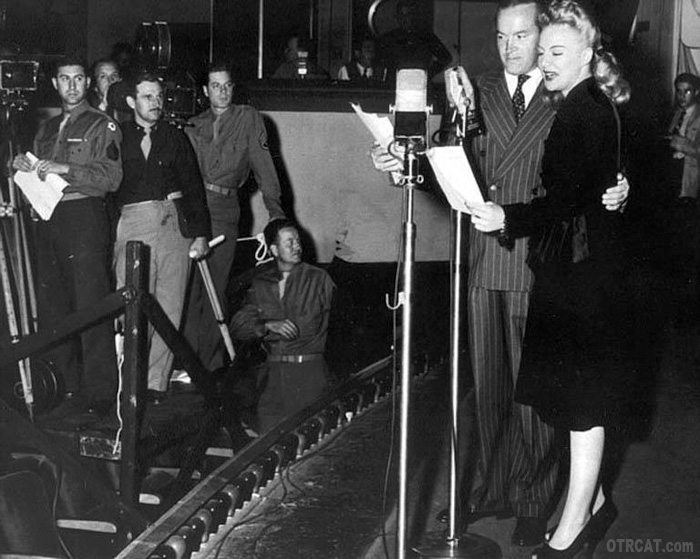The Black Museum

The Black Museum is another collaboration between Welles and producer Harry Alan Towers. The radio series treated audiences to crime thrillers based on actual Scotland yard cases. Its life spanned exactly the year 1952, with a few weeks off at the beginning of June. Welles played his usual role of host and narrator, and also steered the series in terms of its major direction and aesthetics. Though Welles and Towers drew inspiration from Scotland Yard ( the Black Museum was Scotland Yard’s crime museum), and while Towers produced another series The Secrets of Scotland Yard on that entity’s crime-fighting exploits, the aim with The Black Museum was not historical accuracy. Welles was out to provoke and to amaze with gruesome details. The format of the show was his host character strolling through the museum, whereupon, as radiohorrorhosts.com tells us, he would “casually pick up or point out various murder weapons and examine them, all the while droning on about the related





